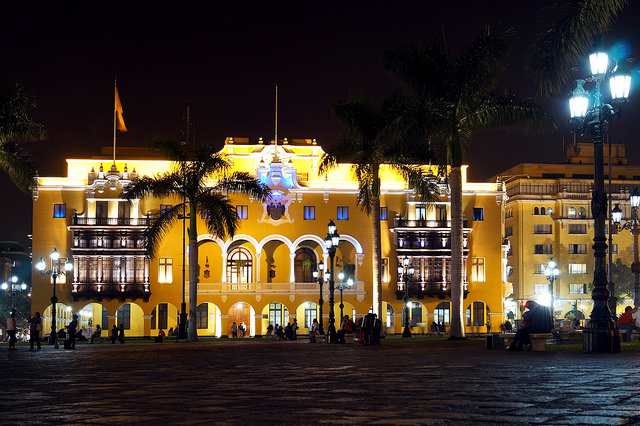Robeco Boston Partners’ Three Circles Applied to Apple
| By Fórmate a Fondo | 0 Comentarios
Mark Donovan, CFA, who describes himself as an “unswayed value investor” takes us by the hand through the process of Robeco Boston Partners’ three circles stock selection criteria through a concrete example. Does it make sense that a value investor like himself has Apple in his portfolio? “I will prove that Apple, theoretically a growth company, is a perfect candidate for our investment philosophy,” he says.
In fact, for a while now, Apple has been one of the top ten positions within the strategy managed by Donovan. “Now that, for the first time, the value has exceeded the US$700bn of market capitalization, the company is on everyone’s lips, but keep in mind that its earnings and cash flows have grown more than its market capitalization”.
Therefore, Donovan analyses Apple through the prism of the first circle, that of valuation. Apple is trading at a 2015 calendar PE ratio of 13,7x*, the S&P 500 does so at 17,3x and the strategy’s benchmark, the Russell Value 1000 Index, trades at 15,5x. “As you can see, Apple trades at a significant discount in relation to the market, and even to the value index. If we look at other ratios such as free cash flow yield, Apple has a yield of 8.9%, three times better than the S&P 500, which is below 3%,” he adds.
Exhibit 1 “Three circle selection criteria”:
Regarding sound business fundamentals, Donovan has no doubts about the ability of Apple to improve profitability. “They have proved to be unique in transforming the money invested in R&D into high demand consumer products.” For Donovan, the fact that iphone models 6 and 6+ have broken all sales estimates prove that the company that invented the concept of the tablet and the smartphone is still able to innovate. “Given the strong demand observed in recent quarters, I think the risk that their products become obsolete in the near term is low. Also, it still has a valuable computer franchise with the Mac brand”.
When analyzing the fundamentals of a business, this investment philosophy pays special attention to the allocation of capital. “It is true that Apple devotes an enormous amount of its cash flows to R&D, but in recent quarters we’re also seeing a growing trend to remunerate shareholders.” On the one hand, Apple pays a dividend which, although small, represents a yield of 1.5%. But above all, it highlights the share buyback activity in the firm. “Apple has reduced its number of shares by 7%,” a relevant figure considering that up to three years ago, Apple did not repurchase shares.
The third circle, momentum, is also functioning in Apple’s case. Not only is the general trend of its business positive, but also analysts’ revisions on their estimates support this momentum. “During the last quarter 44 analysts have revised their estimates on Apple, 42 were upward and only two were downward” Donovan specifies.
Therefore, Apple meets Robeco Boston Partners’ three circles or “fundamental truths”. “When will you sell the stock?” We asked. “Should a serious impairment of their fundamentals occur or if the stock reached our target value” replies Donovan.
This is Part 2 of a Three part interview to Robeco Boston Partners US and Global Equity Team, published in Spanish in Funds Society print magazine (April 2015)
*Market ratios are calculated as of February 2015







